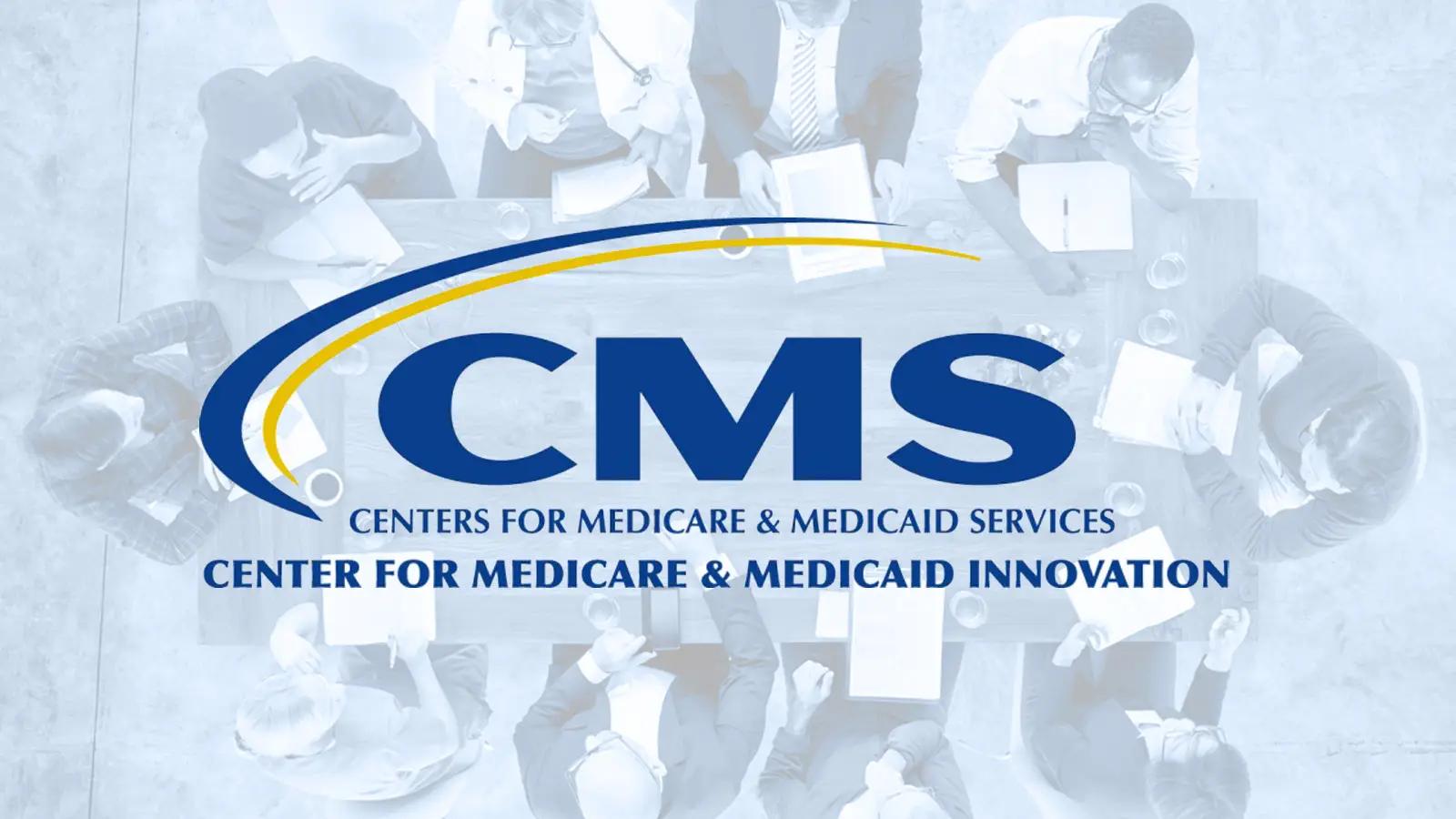Video
Combination Therapy: Improving Multiple Myeloma Outcomes
A. Keith Stewart, MB, ChB: Outcomes for multiple myeloma patients have improved dramatically over the past decade. This has come about as the result of the introduction of a whole new class of novel agents that we can apply to therapy. We’ve had over 6 drug approvals by the FDA in the United States in the past 5 years. The backbone of therapy has now become what we call an immune modulator, and it’s generally the drug lenalidomide at diagnosis and pomalidomide at relapse. That is usually combined today with a proteasome inhibitor. Bortezomib is the most commonly employed drug at diagnosis, followed by carfilzomib or ixazomib at relapse, although we are beginning to see use of those drugs also in newly diagnosed patients.
Because we have these new drugs, we have seen dramatic improvements in survival. We have estimated overall survivals now in the 8- to 10-year range, particularly for those patients with low-risk disease. We tend to divide patients into those who are healthy enough to move to autologous stem cell transplant and those who are more frail and therefore need a more continuous therapy approach with lower dosages of drugs. In the United States, the gold standard of care today is then the combination of an immune modulator drug, such as lenalidomide, with a proteasome inhibitor, such as bortezomib, and corticosteroids. Patients who receive these drugs have almost 100% response rate, so their symptoms improve quickly. Those patients will go on to receive either a transplant or continuous lenalidomide as part of their therapy.
There are other things we worry about in myeloma. We worry about the genetic risk of the disease and we divide patients into higher or lower risk. We tend to favor the more aggressive approach in the higher-risk patients, particularly the use of a proteasome inhibitor for longer periods of time.
Just recently, the FDA has, for the first time, approved a monoclonal antibody in the treatment of a newly diagnosed disease called daratumumab, which targets CD38, a cell surface antigen. This study, which combined melphalan/bortezomib/prednisone with daratumumab, showed a distinct advantage to the addition of the 4-drug cocktail.
Those 4 drugs are rarely used together in multiple myeloma in the United States; melphalan has really fallen out of favor because of its toxicities. But that does open the door, perhaps to using daratumumab and other combinations in newly diagnosed patients. We expect that will further improve survival, depth of response, and quality of life because of rapid symptom control. It does also raise the issue of economics, however, because all these drugs, particularly those that have been recently approved, are quite expensive. And when given in combinations over long periods of time, the cost has become somewhat prohibitive. So, we are beginning to explore ways in which we can shorten the duration of therapy perhaps, obtain a deep remission more quickly, and try to reduce the economic burden of the therapy, but we are still in the transition period for that initiative.
Newsletter
Stay ahead of policy, cost, and value—subscribe to AJMC for expert insights at the intersection of clinical care and health economics.





